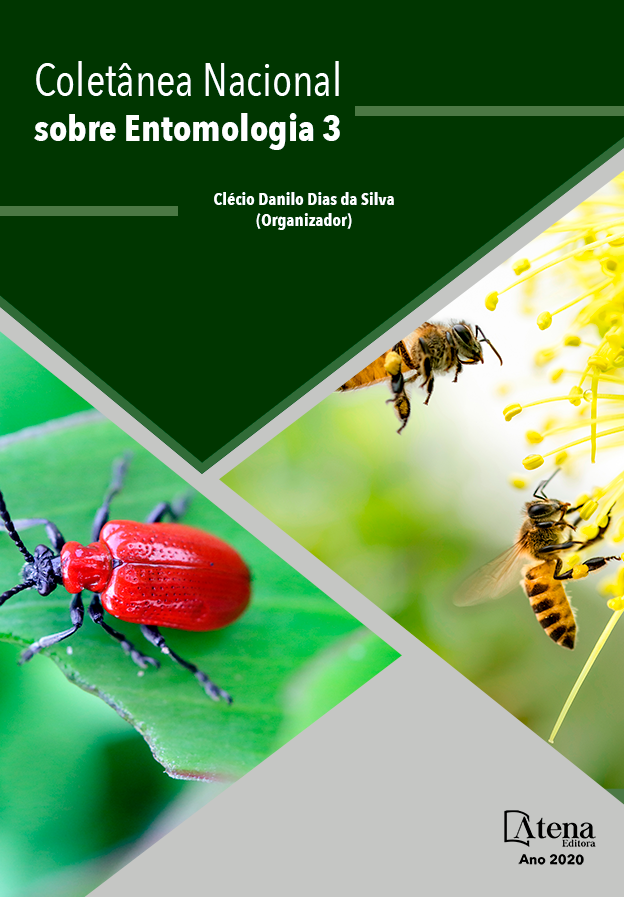
INFLUÊNCIA DO SISTEMA DE CULTIVO DE ALFACE SOBRE A DIVERSIDADE DA ENTOMOFAUNA.
A produção da alface é frequente em cinturões verdes, os quais possibilita a rápida comercialização dos produtos em cidades adjacentes e contribuem com o desenvolvimento da região a qual estão inseridos. No entanto, as práticas agrícolas podem afetar seriamente a biodiversidade local. A entomofauna desempenha funções ecológicas imprescindíveis para o ambiente como polinização, controle de insetos pragas e ciclagem da matéria orgânica, tanto em ambientes naturais como agrícolas sendo, portanto, instrumentos eficazes que permitem monitorar, compreender e comparar o funcionamento dos agroecossitemas. O presente trabalho teve como objetivo caracterizar a distribuição da fauna de insetos em área de manejo orgânico e convencional com plantio de alface no Agreste Alagoano. Para isso, utilizaram-se armadilhas do tipo pitfall e do tipo adesiva, feitas com garrafas pets, que foram distribuídas nos dois sistemas de cultivo, sendo instaladas a cada cinco metros dos canteiros de forma aleatória totalizando 16 armadilhas em cada canteiro. As amostras dos insetos foram coletadas semanalmente e posteriormente identificadas no Laboratório de entomologia da Universidade Federal de Alagoas. As variáveis analisadas foram a equitabilidade, riqueza e diversidade da entomofauna do solo e aérea. O ambiente orgânico apresentou maior diversidade dos organismos da macrofauna e menor diversidade da fauna de insetos da parte aérea.
INFLUÊNCIA DO SISTEMA DE CULTIVO DE ALFACE SOBRE A DIVERSIDADE DA ENTOMOFAUNA.
-
DOI: 10.22533/at.ed.3992001104
-
Palavras-chave: biodiversidade, fauna edáfica, sistemas de manejo.
-
Keywords: biodiversity, soil fauna, management systems
-
Abstract:
The lettuce production is frequent in green areas, which allows the quick commercialization of products in adjacent cities and contributes to the development of the region to which they are inserted. However, agricultural practices can seriously affect local biodiversity. The bug fauna performs essential ecological functions for the environment, such as pollination, insect pest control and organic matter cycling, both in natural and agricultural environments, therefore being effective instruments that allow monitoring, understanding, and comparing the functioning of agroecosystems. The present work aimed to characterize the distribution of bug fauna in an area of organic and conventional management with lettuce plantation in the Agreste Alagoano. For that, pitfall and adhesive traps were used, made with plastic bottles, which were distributed in the two cultivation systems, being planted every five meters of the beds in a random way, totaling 16 traps in each bed. Insect samples were collected weekly and subsequently identified at the Entomology Laboratory of the Federal University of Alagoas. The variables analyzed were the equitability, richness and diversity of the soil and aerial entomofauna. The organic environment showed greater diversity of macrofauna organisms and less diversity of insect fauna in the aerial part.
-
Número de páginas: 15
- Camila Karine Moura Silva
- Érica Lívia Ferreira Guedes Celestino
- João Gomes da Costa


